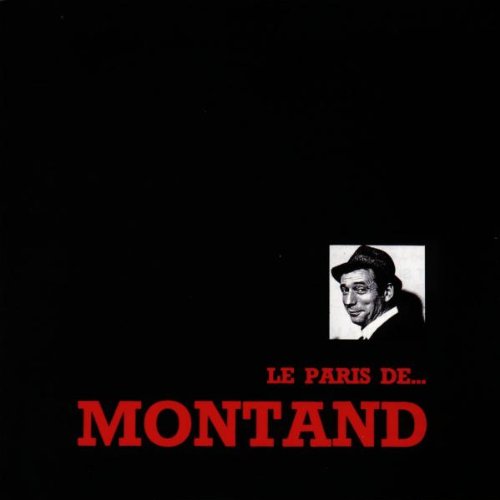
Here are five things that I didn’t know about the iconic French crooner Yves Montand:
- He’s not French. (He was born in Italy.)
- His name’s not Yves Montand. (It’s Ivo Livi.)
- His speaking voice was imitated to create a Looney Tunes character. (The skunk, Pepe Le Pew.)
- He had a fling with Marilyn Monroe. (And several other women.)
- He died of a heart attack. (On the set of a movie about a man who dies of a heart attack.)
I have to admit that this style of music isn’t something I could listen to for days on end, but this song has a special history. It was Edith Piaf’s signature tune, and it was thanks to Piaf that Montand made it in the entertainment business; she discovered him, made him part of her act, even had a brief affair with him for good measure.
As you know if you’ve seen any of the various movies about her, Edith Piaf’s life was pretty tragic. The love of her life died in a plane crash two years after she wrote this song. She never recovered, and she spiraled self-destructively downwards until succumbing to liver cancer at the age of 47.
Montand, who idolized Piaf as his mentor, recorded and released this version of her song in 1964, the year after her death.
What makes this a beautiful song:
1. The tempo. Like a lot of songs of its era, this one strolls along like a sloth through honey. It’s got the great no-hurry feel of an aimless walk along the Seine.
2. The lyrics. As I said before, Piaf’s life was hard. Her parents abandoned her. She was blind from age three to age seven. She was raised for a while in a brothel. With this in mind, the joy in her lyrics, along with this track’s title (which translates to something like “Life Through Rose-Coloured Glasses”) makes it feel like an anthem to optimism.
3. The end. Before finally resolving, the last cadence shifts unexpectedly to a “borrowed chord“- a flat six. The Piaf version doesn’t do it, and I think it adds something slightly unsettled, yet pretty, to the song’s final moments.
Recommended listening activity:
Buying a baguette.